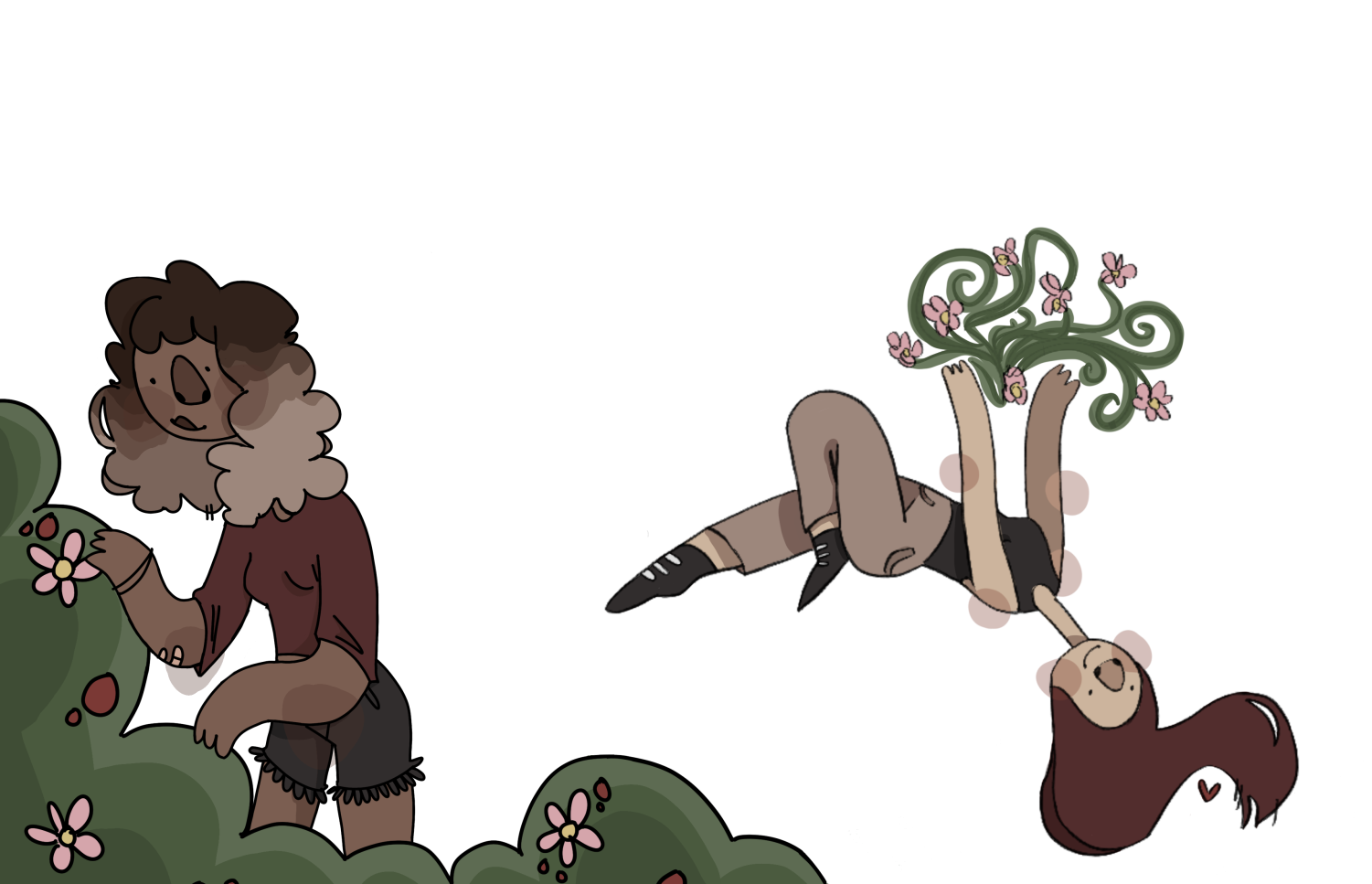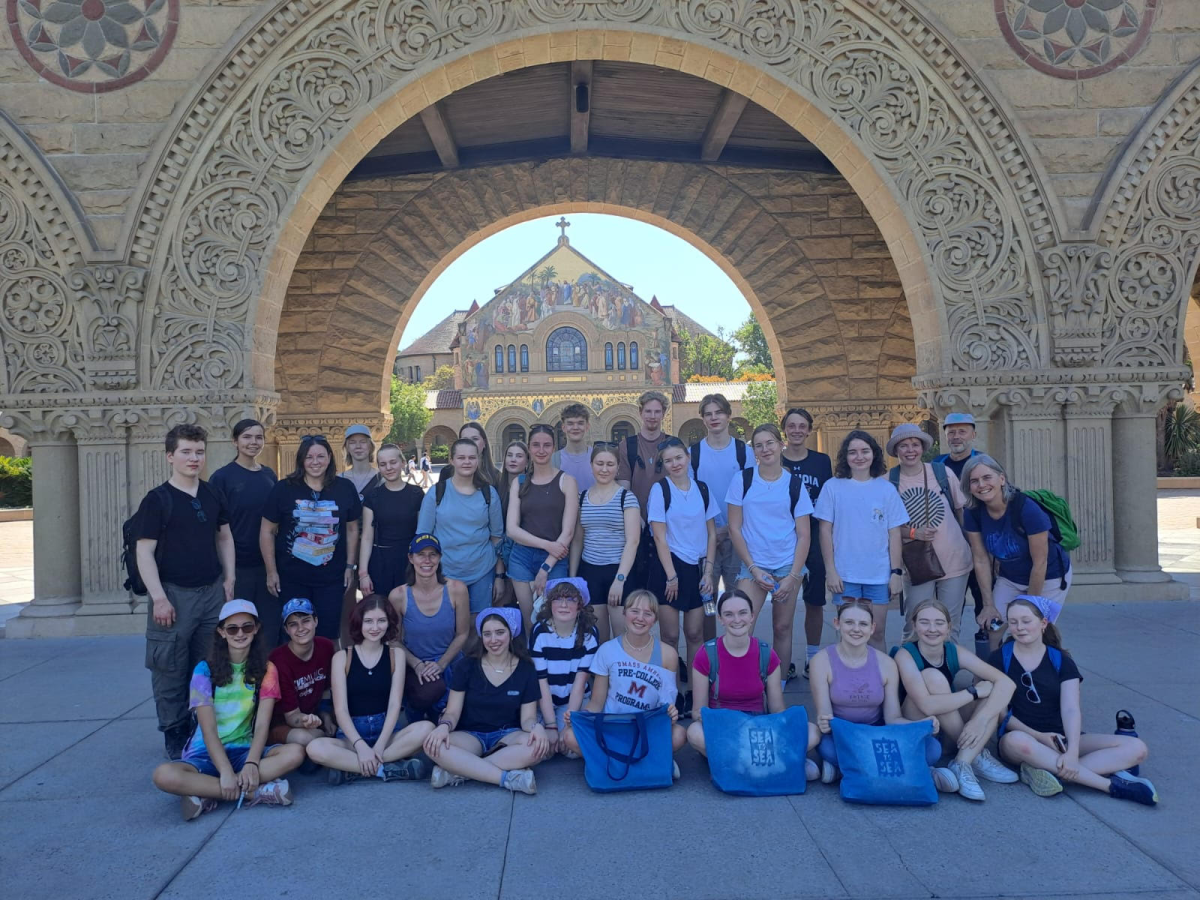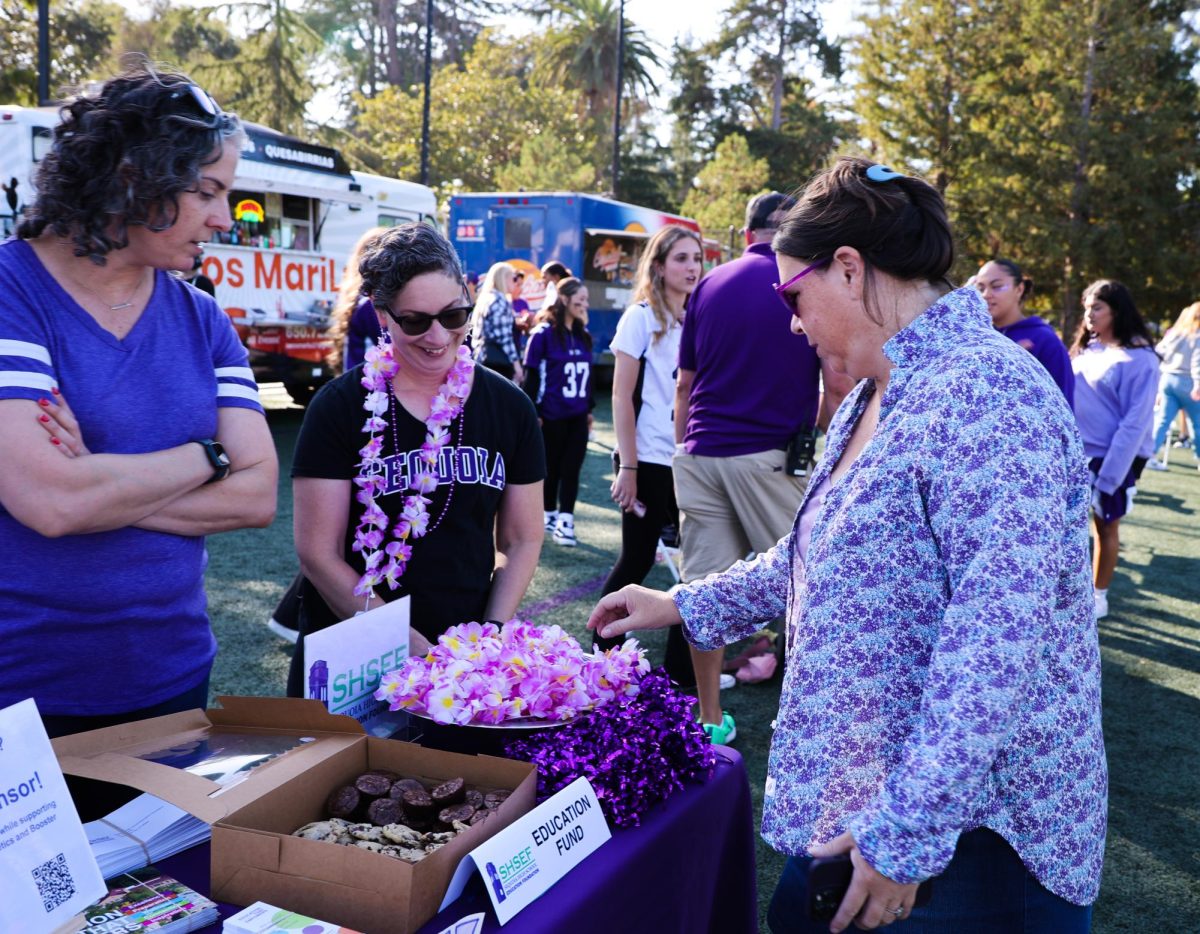Community in bloom
March 7, 2022
In the unprecedented and confusing transition to in person learning this year, students’ mental health and learning habits have taken a big hit; one solution might be hiding in plain sight.
Being a full time student as well as a friend, family member and part of Sequoia’s community is extremely mentally draining. It’s tricky to balance getting good grades, being emotionally open to friends and family and making new memories while also saving time to take care of the mind behind the operation. I benefit deeply from spending time in my own private space, allowing myself to recharge and truly listen to my needs without the conflicting voices of those around me. Oftentimes, what I really need is exactly what I have been told my whole life: to take a walk, enjoy nature, find a quiet place away from where I usually spend my time to reflect and be alone.
As the world was overwhelmed, afraid and unsure of what would happen next during the March 2020 COVID lockdown, I started to take short strolls throughout my neighborhood and I quickly noticed how much the greenery itself improved my mood. Flowers, bushes, houseplants and more were all making the dark situation much lighter and, now that students are back on campus, I still feel the same sense of calmness as I look around at the school’s lush, thriving campus.
Sequoia’s rich history with nature dates back to 1895, the year that dates the opening of the school and also the beginning of a long list of beautiful trees and plants planted and cared for on campus. According to the school’s website, there are 18 unique types of trees that have been raised on school grounds, some of which are over 100 years old and others planted in the 1920’s and 30’s. It is incredible to think that these magnificent trees survived the devastating earthquake of 1906 and have watched over students as they grew up to become powerful people in entertainment, sports and politics and eventually observed a generation of people that are no longer alive. These living history books are an essential part of Sequoia’s landscaping and preserving these trees is an important job taken very seriously by the school’s groundskeeper, Matthew Davidson.
As the campus’ groundskeeper, it is Davidson’s responsibility, along with the other gardeners, to take care of and respond to the needs of the nature on campus. Flowers and shrubbery on campus is around every corner, and among
“A lot of people told me since I’ve been here the campus has improved and it looks a lot better,” Davidson said. “I just want to make it a nice place for kids to learn and people to visit.”
Of the many clubs and activities on campus, one in particular has a special connection with Sequoia’s natural space: the Bee club. After seeing the potential for new life in a seemingly abandoned corner of the school, Sequoia students set out to build a more unique and naturally immersed campus by building bee habitats and planting flora.
“I think, especially [with] our campus, since we have so much greenery and flowers, I think it helps promote good feelings and happiness,” President Beatrice Rienhoff said. “Campuses that are just buildings [are] boring and I think our campus, with so many trees and different types of trees, there’s just endless opportunities to have fun.”
Nature has always been advertised as the solution to all of teens’ problems. Issues in personal relationships? Take a few deep breaths outside. Stressed or anxious? Appreciate your community’s greenery. Depressed? Take a walk. This reaction to a person reaching out for help can be patronizing and hurtful regardless of the age or “time” of the advice-giver, but it may hold some value. Every person has different needs and personal ways of improving their mental health and for some, enjoying time spent outdoors is just as impactful as the sometimes annoying comments imply.
“I think [having] this tea garden is really helpful because students can come out here and work during finals week or during dead week when they’re most stressed and they’re just surrounded by nature,” Rienhoff said.
Because being outside is so well known to ease and prevent stress, Sequoia offers several classes that give students the opportunity to explore the intricate and well-kept campus. These include photography and art classes and they use nature to promote the infinite flow of student creativity. I can often see photography students of all levels hovering over items in the tea garden, hopeful for a photo that encapsulates the beauty of our campus.
“[The landscaping is] very beautiful and makes our campus look very nice. And it’s cool for the photography class because it gives us things to take photos of,” Junior Erick Hernandez said. “We do use a lot of nature here because that’s what surrounds that’s very cool.”






